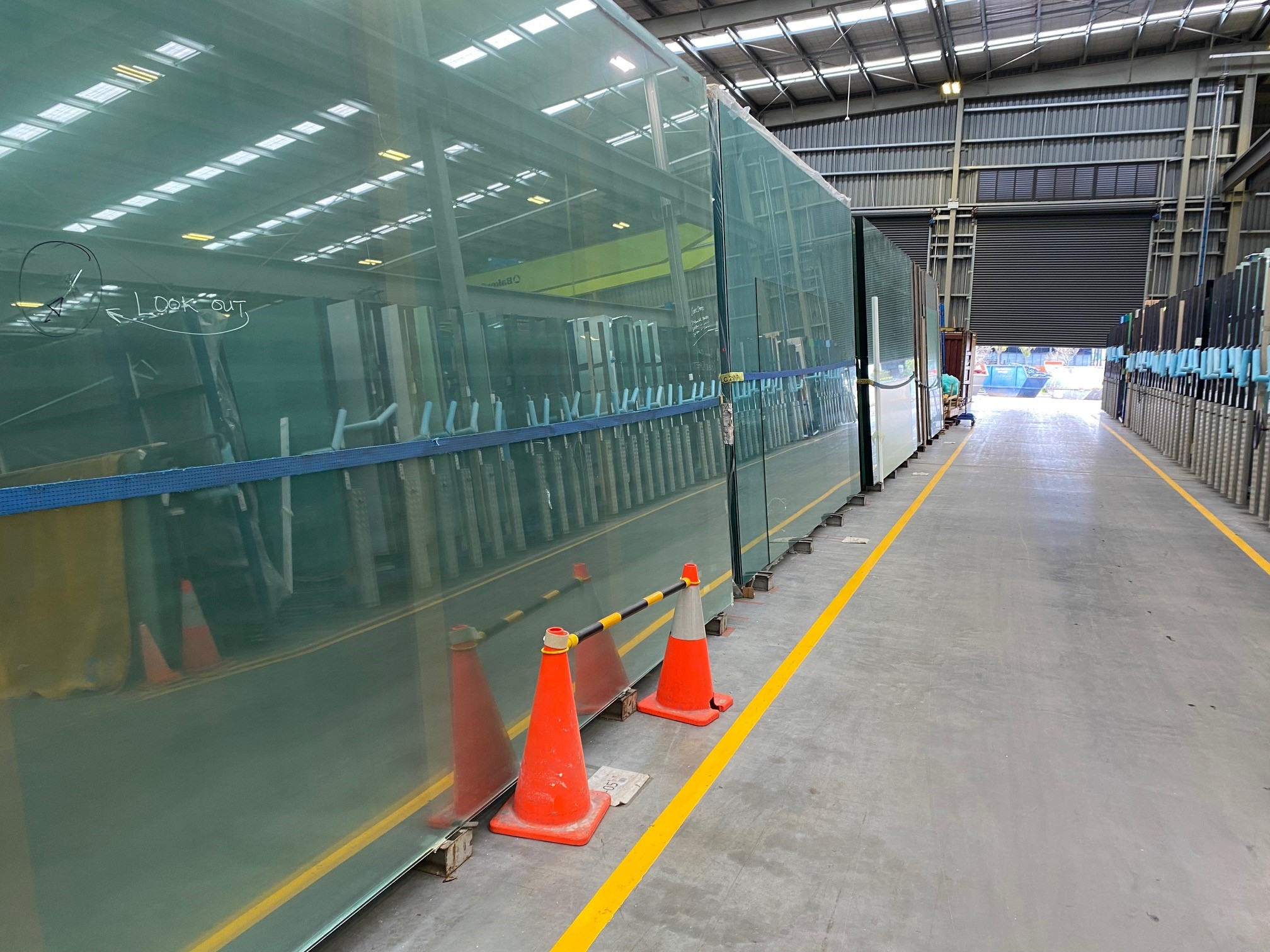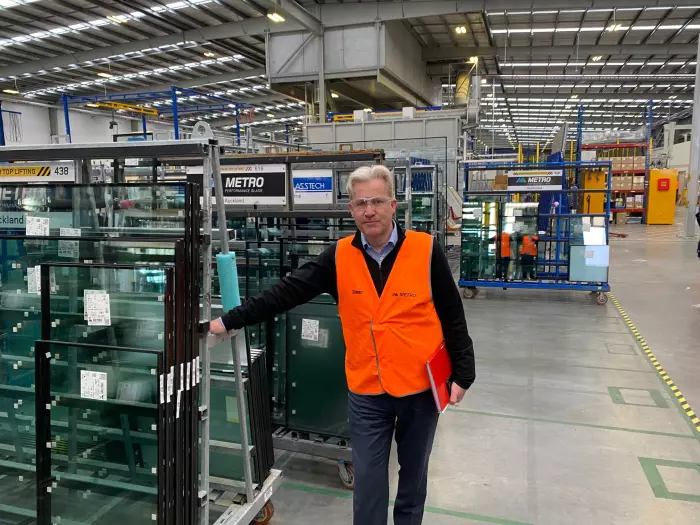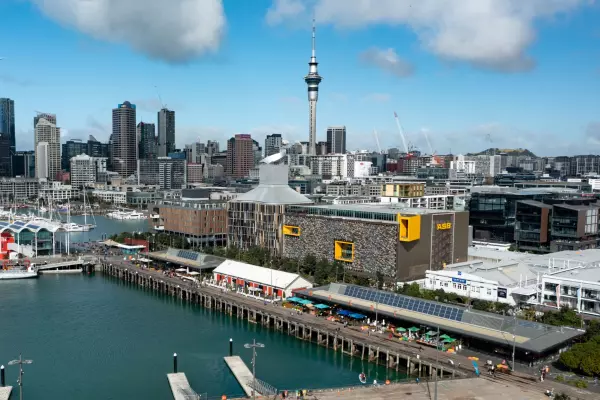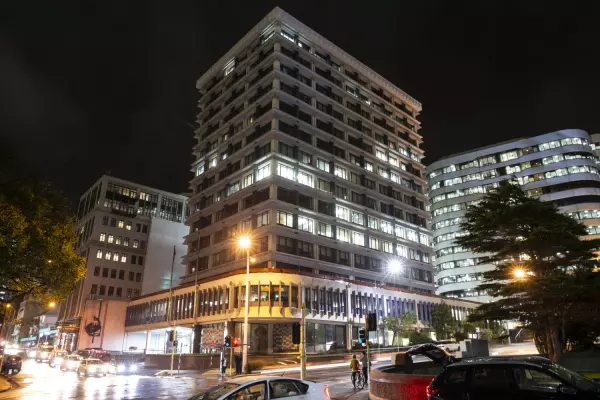The residential glass market isn’t all it’s cracked up to be.
Like the rest of the building materials sector, glass products have seen spiralling costs – with windows and other glass products about a third more expensive than a year ago.
That reflects external cost pressures in the form of shipping prices and glass production costs in the wake of global logistics snarl-ups and the impacts of covid, in particular for soda ash and other vital ingredients such as silica sand and limestone.
But, unlike structural timber, plasterboard and a host of other products needed for the assembly of the typical New Zealand-built house, glass supply hasn’t really been dented.
In fact, glass import volumes have trended down in spite of a construction boom that has seen annual residential consents hold above 50,000 for the past four months and new house construction track at about 600 a week for the past year.
That's largely on the back of a proliferation in apartments, terraced housing and aged-care villages which now account for more than half of all consents. Multi-unit homes are tracking at more than 70% of new home builds in Auckland.
Earlier this month, NZX-listed Metro Performance Glass, the country’s largest commercial glass processor, announced it would clip another 5% price increase onto its product range. That will bring its cumulative price escalations over the past 12 months to 31% in NZ.
Its subsidiary across the Tasman, Australian Glass Group (AGG), pushed its pricing up even more, 39%, over the same period.
Chief executive Simon Mander said that was based on cost inflation and "quality improvements" into double glazing products into that market.
And, he said, those price escalations had been necessary to claw back pandemic-related market disruptions, including labour and material shortages.
But to a large degree, the company blames the proliferation of smaller, townhouse builds for the downturn.
Fewer windows
Mander said while a standalone house will have four exterior walls, 'multi' attached homes will lose at least one and possibly two walls.
That translates to fewer windows and doors. In turn, that means smaller average house-lot sizes going out of the factory, particularly at or under six millimetres in thickness. That's effectively most of the glass used for residential construction.
The firm, which holds about 40% of the residential and small commercial market, operates plants in Auckland, Wellington, Christchurch and Mt Maunganui.
The residential market generates about two-thirds of the company’s NZ business, across another 12 distribution sites.
It's also the industry's largest single glazier, with about 220 of its more than 900 staff involved in everything from installing double glazed windows to balustrades or a shower.
Its retrofit business, which installs double-glazed windows to existing houses and smaller commercial buildings, accounts for about 8% of NZ revenue, which last year was $178 million.
Mander said its flagship East Tamaki plant at Highbrook, built at a cost of $21.5m in 2015, was operating at two shifts, meaning it was at about two-thirds capacity.
Plants underutilised
He said Metroglass wasn’t alone in that because it was an issue shared across the industry and “some players were struggling to get their plants to run”.
While it is a fairly widespread industry, the firm’s direct competitors include Viridian Glass and Architectural Glass Products (AGP), which recently brought its new production facility onstream near Cambridge.
That there is less glass going into homes is borne out by Statistics NZ data, which shows that imports of flat ‘float’ glass – glass used for construction, safety and some specialty glass – amounted to $240m during 2020, including about $21m of mirrored glass.

Most glass for residential and smaller, commercial use, is imported in ‘jumbo’ form, sized in 3.5 by 5-metre sheets and brought in from the United Arab Emirates, China, Australia, Thailand and Indonesia.
The ultra large sheets, such as used by large commercial or retail developments, are ordered direct from specialty, offshore manufacturers.
By last year, imports of raw glass by value, made up mainly of floating and safety glass, had dropped to $94.1m. Landed glass imports were at $50.5m for the first six months of this year.
Brett Francis, chief executive of the 440-member Window and Glass Association, said the industry was now focused on looming changes to the building code, new H1 energy-efficiency mandates which will “significantly change” installation requirements to include thermal breaks in windows and doors and require a full transition to ‘low E’ glass.
Move to thermal
Francis said about 10% of the sector was already using ‘low E’ products but that it would shift to 100% by next November under the new rules.
That, he said, would also come with a shift in prices as both glass companies and aluminium manufacturers build the thermal breaks into their products.
Those compliance updates are built around six NZ ‘zones’, depending on their weather patterns, and are being phased in on thermal ratings from this November.
Mander said those new rules would see a significant focus on transitioning to more thermally efficient products.
The firm was installing a new furnace into its Highbrook plant to cope with future demand. It was also focused on other "value add" areas such as digital printing, he said.
Similar regulatory changes to Australia’s National Construction Code would also help its manufacturing subsidiary, Australian Glass Group (AGG), Mander said, particularly in the southeastern market, which was “about 10 to 15 years behind” NZ in its transition to double-glazing.














